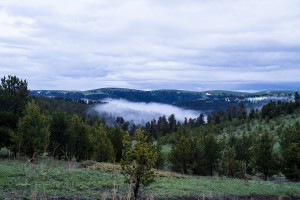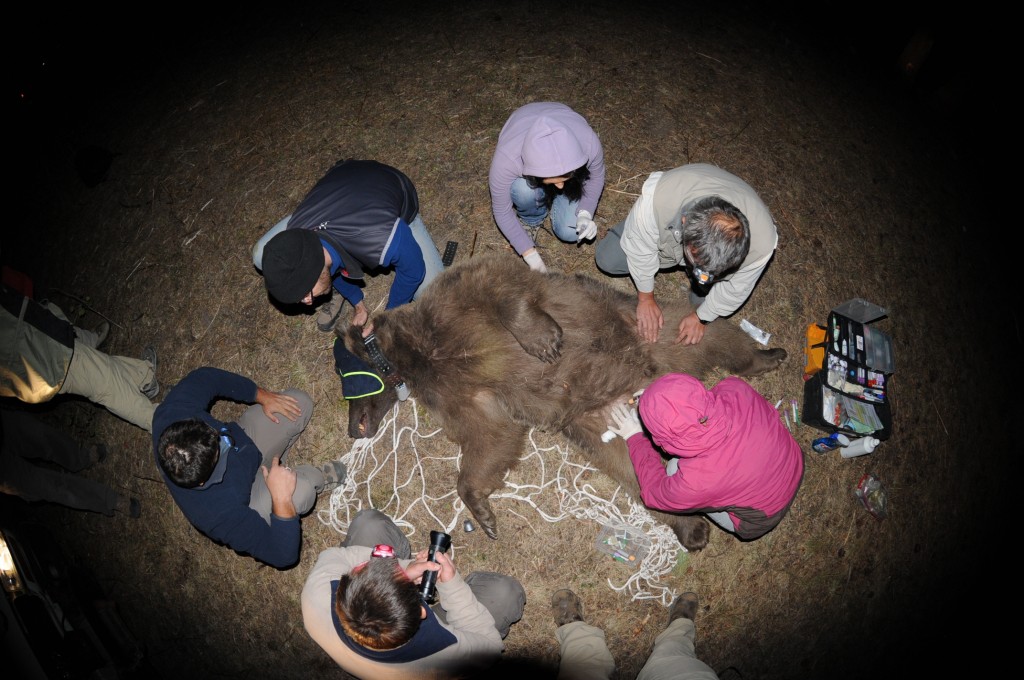This content has been archived. It may no longer be relevant
 It is widely accepted that habitat loss and habitat fragmentation are among the major causes responsible for the decline of animal and plant species worldwide. As suitable habitat patches become smaller and even more scattered, animal species are forced to seek the indispensable conditions to their survival in sub-optimal territories. This inevitably forces them to leave their natural, favourable environment and move into human dominated and modified landscapes. Where humans and animal species (particularly predators and crop riders) share the same territory, conflicts often arise. Direct persecution as a consequence of human-wildlife conflict thus adds an additional factor jeopardizing the survival of single individuals and entire populations, potentially leading to local extinctions. In few cases, however, animal species may profit from human activities. For instance, scavengers may benefit from human waste as an additional food resource and energy intake and predators may survive on landscapes where natural prey species have been depleted through predation on domestic stock. It thus appears that a complete understanding of the behaviour and ecology of animals living in a human altered landscape have to take into consideration both the negative and the positive effect of human activities.
It is widely accepted that habitat loss and habitat fragmentation are among the major causes responsible for the decline of animal and plant species worldwide. As suitable habitat patches become smaller and even more scattered, animal species are forced to seek the indispensable conditions to their survival in sub-optimal territories. This inevitably forces them to leave their natural, favourable environment and move into human dominated and modified landscapes. Where humans and animal species (particularly predators and crop riders) share the same territory, conflicts often arise. Direct persecution as a consequence of human-wildlife conflict thus adds an additional factor jeopardizing the survival of single individuals and entire populations, potentially leading to local extinctions. In few cases, however, animal species may profit from human activities. For instance, scavengers may benefit from human waste as an additional food resource and energy intake and predators may survive on landscapes where natural prey species have been depleted through predation on domestic stock. It thus appears that a complete understanding of the behaviour and ecology of animals living in a human altered landscape have to take into consideration both the negative and the positive effect of human activities.
The overall aim of this project, which is a close collaboration with Kuzey Doğa Society, is to investigate the effect of human activities on a sub-population of brown bears Ursus arctus inhabiting rural north east Turkey. In particular we ask the following questions:
- How does human induced habitat loss and fragmentation affect the movement patterns and ranging behaviour of brown bears? Do forest edges represent an obstacle to movements limiting connectivity between patches of forest?
- How does the presence of a city garbage dump influence the diet and the foraging movement patterns of brown bears? Is the site used sporadically or it represents a central foraging place?
- Does the garbage dump represent a substantial source of high energetic food resource?

